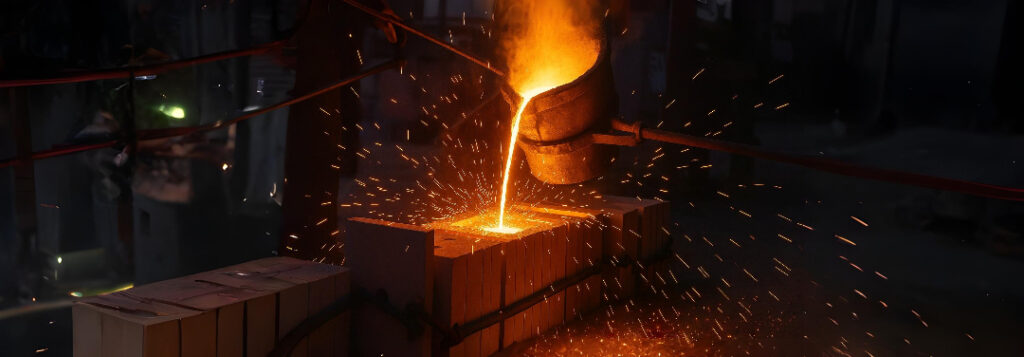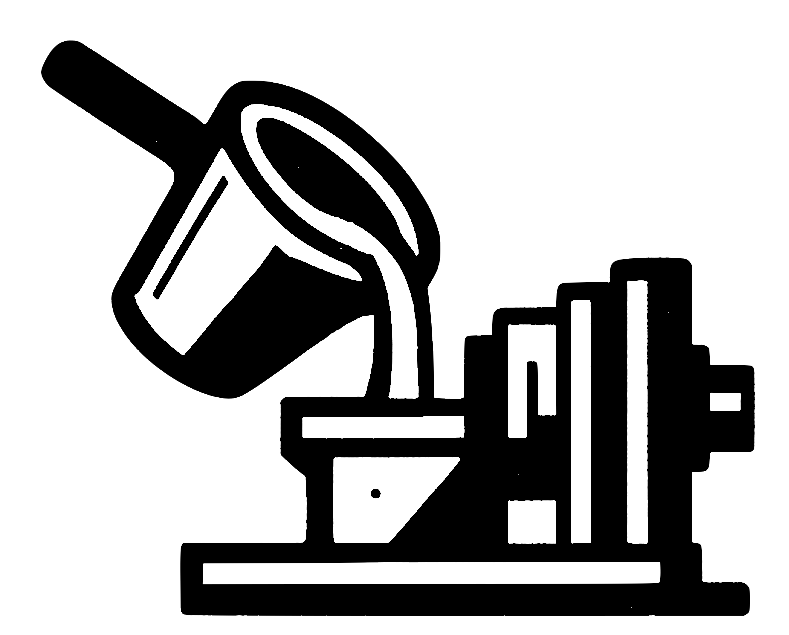
Mold coating selection strategies
Mold coating selection guides how well a casting will shake out, how much finishing it needs, and even whether it cracks in service. Choosing the right formulation—and applying it the right way—lets foundries upgrade surface quality without touching the metal itself. This article strips the jargon and walks you through the key decisions: when to coat, how thick, which carrier, and how to dry.
Understanding Mold Coating Selection
A foundry coating is a creamy mix of refractory minerals, binders and a carrier. Its job is simple: create a barrier between hot metal and sand. Zircon or alumina powders give high-temperature strength; binders keep particles glued; water or alcohol carries everything onto the mold. Thin coats—under 0.2 mm—reduce cleaning time and protect accuracy. Coating costs make sense only when savings from reduced grinding and scrap outweigh material, labor and drying energy [5].
Thin Beats Thick: Debunking the ‘Insulating Runner’ Myth
It is tempting to paint a thick, rough layer along runners to “hold heat,” then use a finer finish coat on the cavity. Research shows this logic is backwards: metal spends barely two seconds in most runners, so temperature loss is negligible; the rough coat instead stirs turbulence and defects. A single thin, smooth coat over the entire die cuts effort and improves flow [1]:contentReference[oaicite:10]{index=10}.
Refractory Minerals and Carriers
Zircon dominates for steel and iron castings thanks to its 2 400 °C fusion point and low thermal expansion. Graphite or coke powders add lubricity for gray iron. Water is now the default carrier as alcohol faces VOC rules; yet water demands longer ovens or IR lamps. Removing bentonite from water-based mixes can halve drying time because water no longer traps behind an impermeable clay film [2]:contentReference[oaicite:11]{index=11}.
Drying and Application Methods
Dip-coating gives uniform thickness on medium cores; flow-coat or airless spray suits large molds. Drying is critical: any trapped moisture flashes to steam and scabs the casting. Infra-red cameras show a cool surface until water is gone—only then will the mold rise to ambient temperature [7]. Fast-dry alcohol coats avoid this step but raise fire risk and need ventilation.
Water- vs Alcohol-Based Formulations
Alcohol coats dry—or rather burn—fast, freeing floor space and labor. Many plants stay with alcohol for hand-mold shops where turnover is king. Water-based systems eliminate flammable solvents and zircon can be removed to cut cost up to 70 %, yet they require disciplined drying and humidity control [6]. Emerging hybrid carriers mix water with low-VOC glycols to balance safety and speed.
Practical Checklist for Mold Coating Selection
- Match refractory to alloy. Use zircon or alumina above 1 400 °C; graphite blends for irons.
- Target ≤ 0.20 mm coat. Measure wet film with a gauge; too thick traps gas.
- Verify dryness. IR camera or weight-loss test; no cool spots before closing the mold.
- Standardize viscosity. Zahn cup 20 ± 2 s keeps spray patterns uniform.
- Audit drying energy. Track kWh per ton of castings; water coats may need oven upgrades.
Conclusion
Smart mold coating selection boils down to three rules: keep it thin, keep it smooth, and keep it dry. Thin layers prevent turbulence and preserve dimensions; smooth surfaces guide laminar metal flow; full dryness stops steam explosions. Water-based systems satisfy regulators and cut solvent costs but need better ovens. Alcohol still wins where cycle time rules. Use the checklist above, record trial data, and you will transform coatings from tolerated expense into a profit lever.
References
- Campbell J. Complete Casting Handbook. 2nd ed. Oxford: Butterworth-Heinemann; 2015. p 185.
- Campbell J. Complete Casting Handbook. 2nd ed. Oxford: Butterworth-Heinemann; 2015. p 184.
- Smelko Foundry Products. Core and Mold Washes. 2024.
- HA International. Introduction to Foundry Coatings. Technical Bulletin; 2022.
- HA International. Ibid; Components of a Foundry Coating. 2022.
- Foundry-Planet. Switching to Zircon-Free Water-Based Coatings Cuts 70 % Cost. 2020.
- Metalworking World Magazine. The Importance of Rapid Drying in Casting. 2015.
